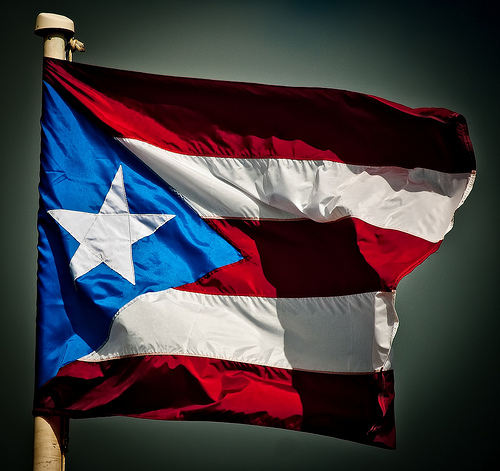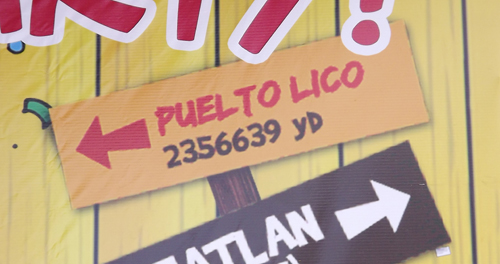This post is an excerpt from the Puerto Rican bestseller Speaking Boricua: A Practical Guide to Puerto Rican Spanish.
Learning Spanish Slang: Pronunciation and Accent from Puerto Rico
Puerto Rico, as in any other country in the world, has its own unique pronunciation for certain words, phrases and sounds. If you have only ever heard Spanish in a formal class setting or even if you are accustomed to an accent from a different country, it may take some time to understand the Puerto Rican accent when you first arrive on the island. Here are some guidelines to help that transition (words and phrases in parentheses are the correct spellings/pronunciations):

1. Words that end in the letters ADO will be pronounced without the letter D.
Example: amogollao (amogollado), afrentao (afrentado), eñemao (eñemado).
2. Words that end in a consonant and a vowel (ex. para, carajo, etc.) will be pronounced without the consonant.
Example: anda pá al cará (anda para el carajo), mira pá yá (mira para allá), me cá ‘e ná (me cago en nada o me caso en nada).
 3. Words with the letter R followed by a consonant will be pronounced as if the letter R were the letter L.
3. Words with the letter R followed by a consonant will be pronounced as if the letter R were the letter L.
Example: Louldes (Lourdes), almas (armas).
4. Words with the letter S followed by a consonant will be pronounced as if the letter S were the letter H.
Example: ehnú (esnú), ehtartear (estartear).
5. Outside of San Juan, many people pronounce the double letter RR sound as if it were a J in Spanish and an H in English.
Example: cajo (carro).
6. For transition words such as De or En, the consonant is sometimes dropped.
Example: me cá ‘e ná (me cago en nada), pote ‘e leche (pote de leche).
7. The letter P when followed by a consonant may be replaced with the letter C.
Example: concecto (concepto), Pecsi (Pepsi)
8. The letter S is often dropped and replaced with an English letter H sound.
Example: loh muertoh (los muertos), pehcadoreh (pescadores)
9. The letter R at the end of a word is often pronounced as an English R. The sound comes out as a “hard”sounding letter with more emphasis than normal placed on the R.
Example: picaR (picar).
Check out these other Learning Puerto Rican Spanish Slang articles.
Featured photo credit: Ricymar Fine Art Photography via photopin cc